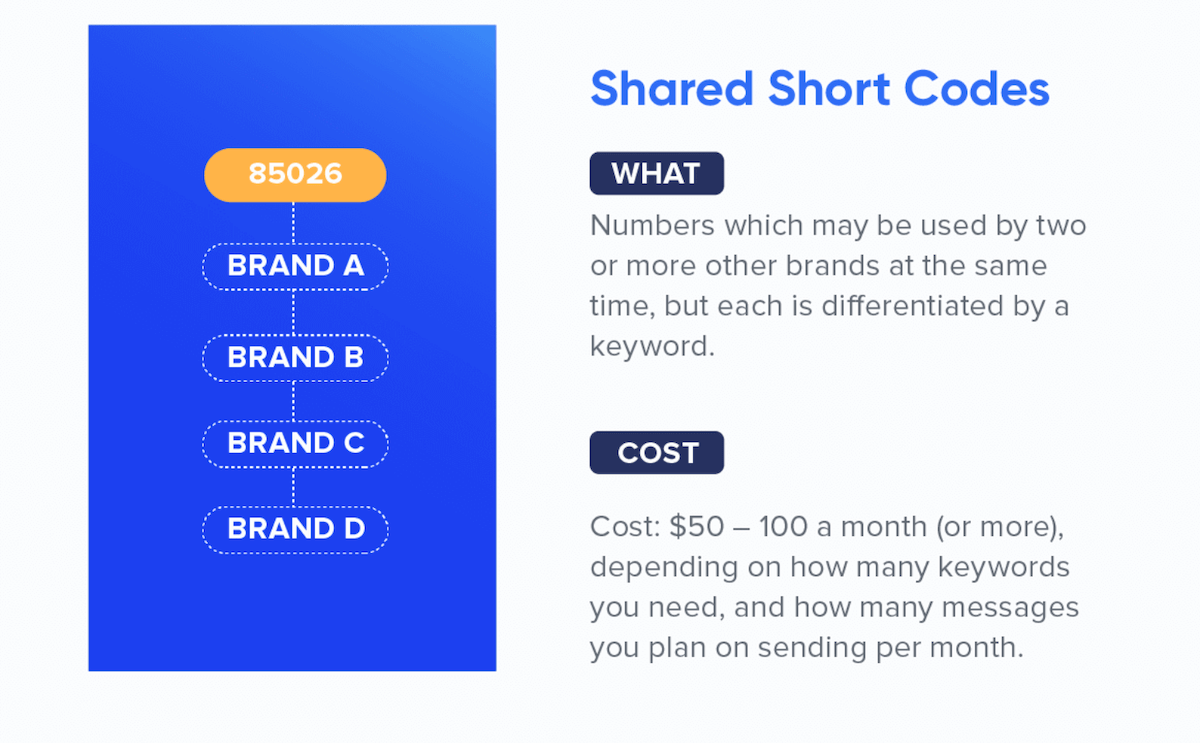The impact of AT&T’s announced plans to prohibit the use of shared short codes rocked the A2P SMS industry in 2020. Businesses that relied on shared codes – whether they were small retailers or SMS resellers – were left with some big decisions to make.
There’s been a lot of information to navigate following the announcement. And 10DLC has arrived on the scene too. All the major carriers will be live with their 10DLC offerings at the start of 2021.
Shared short codes are still in use, but their future looks uncertain.
In October 2018, AT&T told A2P partners it will stop activating any new shared short codes with immediate effect – adding that it will stop supporting existing shared short code campaigns some time in the future. In fact, both AT&T and T-Mobile now prohibit shared short codes in their updated codes of conduct. However, brands do have a period of grace in which they can move their traffic to approved numbers like dedicated short codes or 10DLC (ten-digit long codes). More on that grace period below.
Many of you are likely asking, will there be an exception for same-vertical shared codes? The answer to this is that there will be very few exceptions, and they are on a case by case basis with an in-depth carrier review before approval.
What is 10DLC?
10 DLC stands for 10 digit long code. 10DLC messaging allows businesses to send sanctioned A2P messaging traffic over local phone numbers, also known as “long codes”.
This industry-first offering includes messaging that is ready for both high-volume and high delivery needs as well as hyper-localization. This enables your business to use your local number to reach millions of customers at once. It’s powerful messaging designed to engage your audience.
All the carriers will be live at the start of 2021, and at Emotive we’ve been working hard to be at the forefront of the 10DLC rollout. We have agreements in place with all the major carriers for 10DLC numbers.
Companies that use shared short codes will need to weigh up the costs and processes of moving to a dedicated short code. Smaller companies may struggle with that cost, in which case the new A2P 10DLC might be their only option.
10DLC will eventually offer reliable deliverability with a much higher throughput than old long codes. At the moment, P2P US long code messages can be delivered at a speed of approximately one a second – which is inadequate for big campaigns.
What this means for the wider industry
The restrictions on the use of shared short codes, and the emergence of 10DLC, serves to highlight the fact that the mobile messaging industry is in continual flux, with many more adaptations to come in the future.







